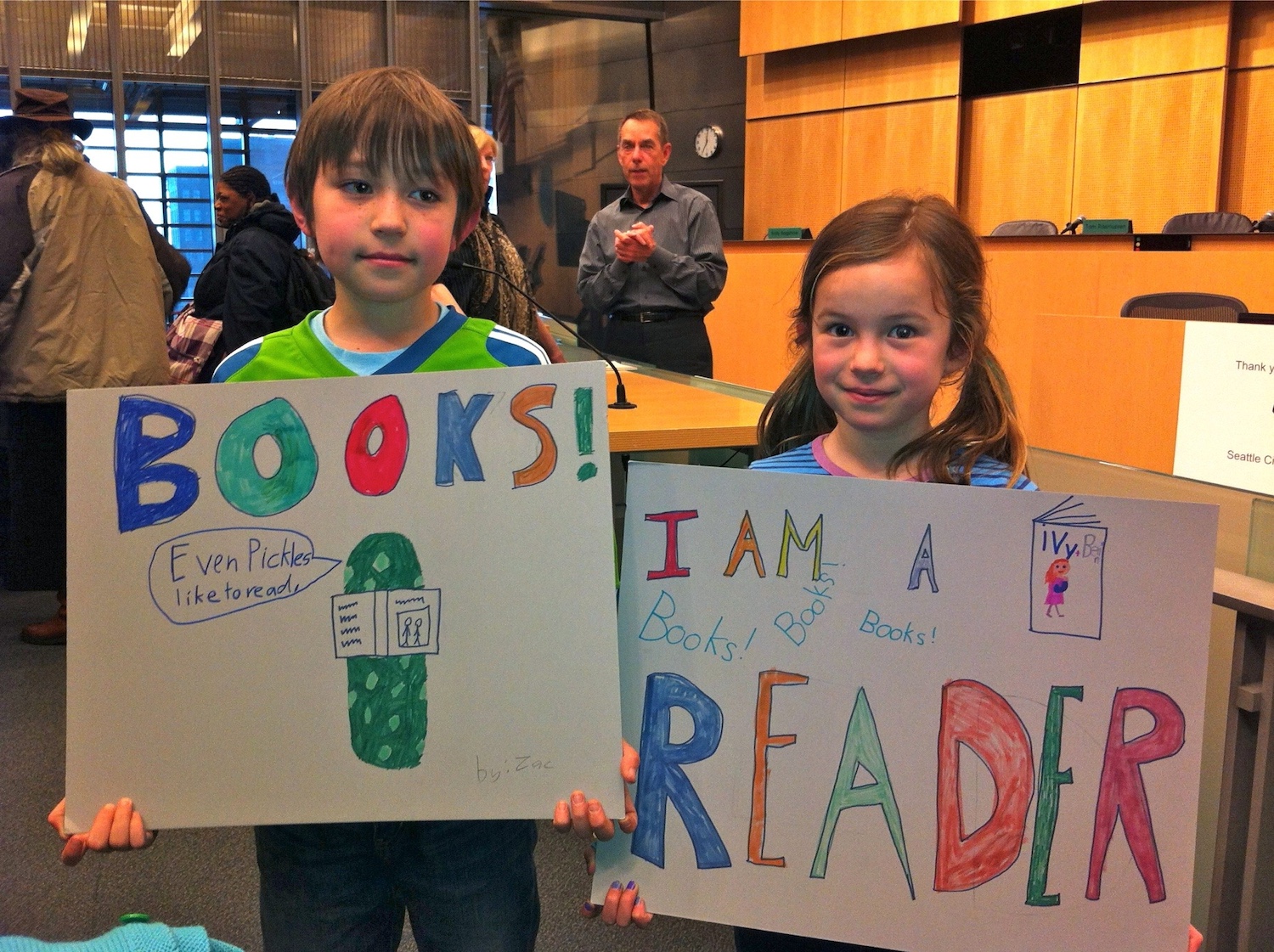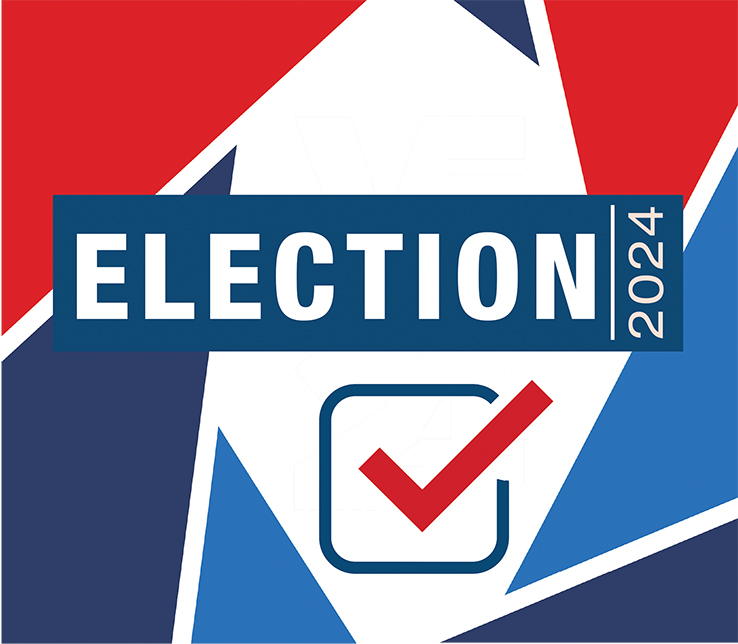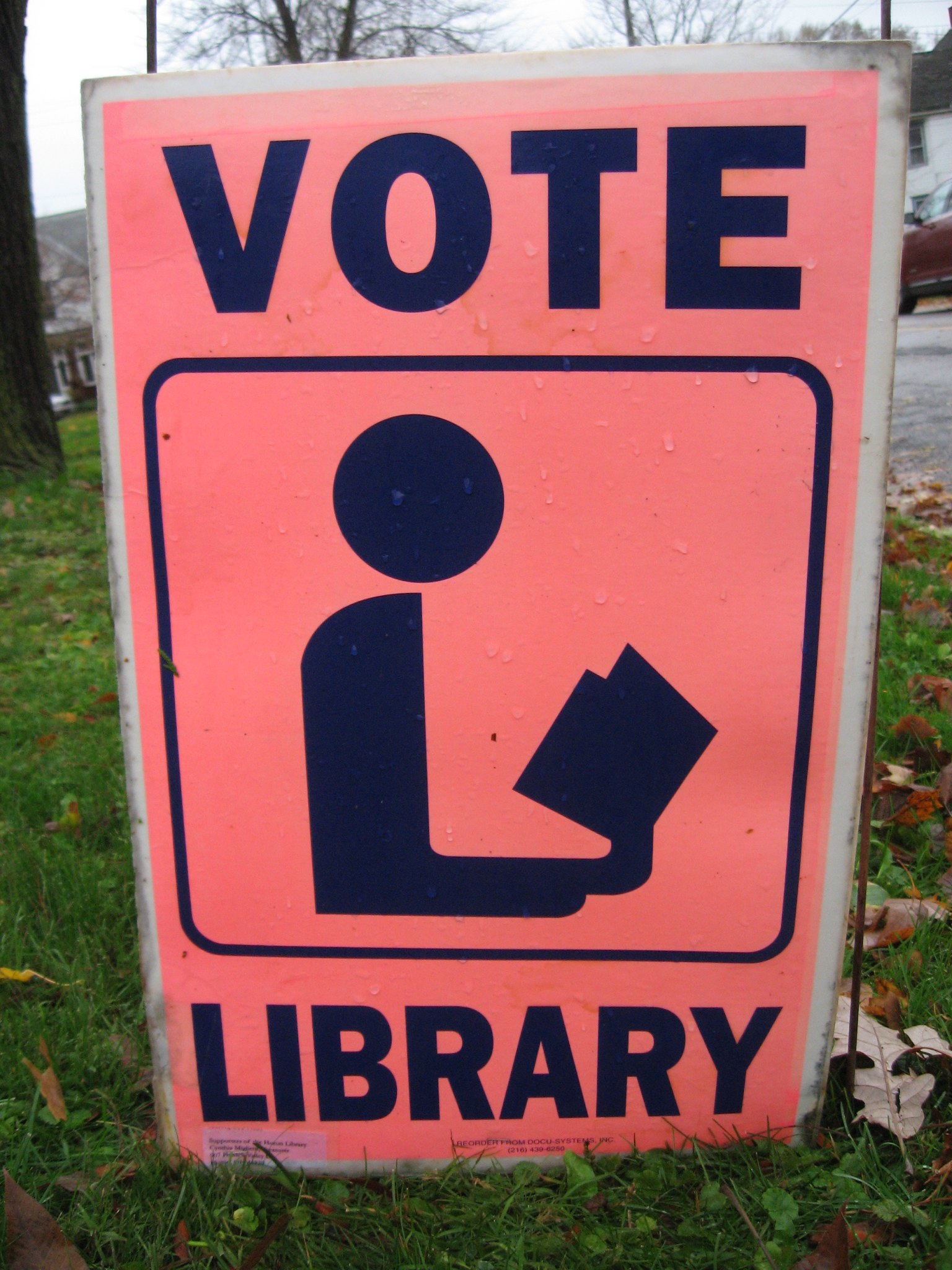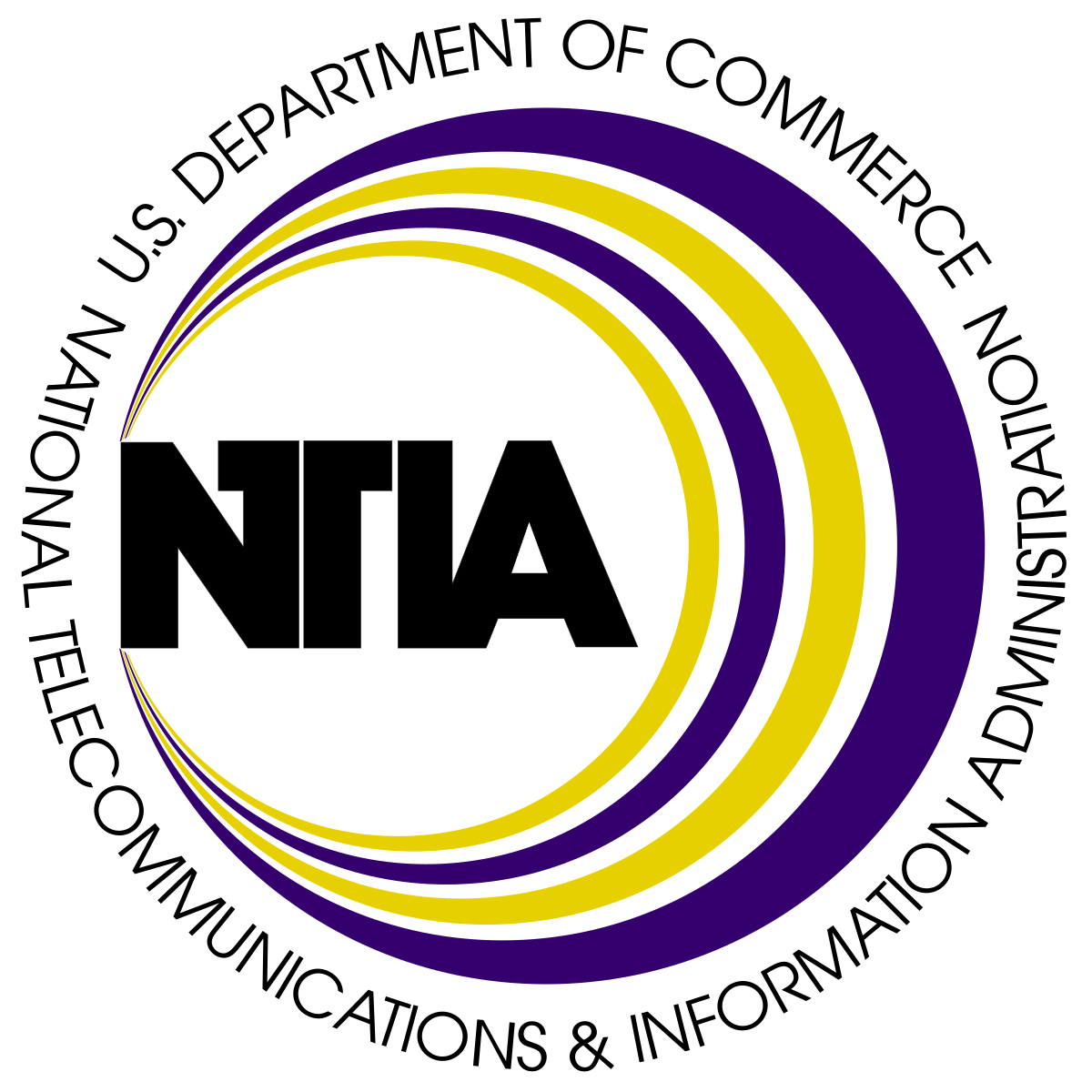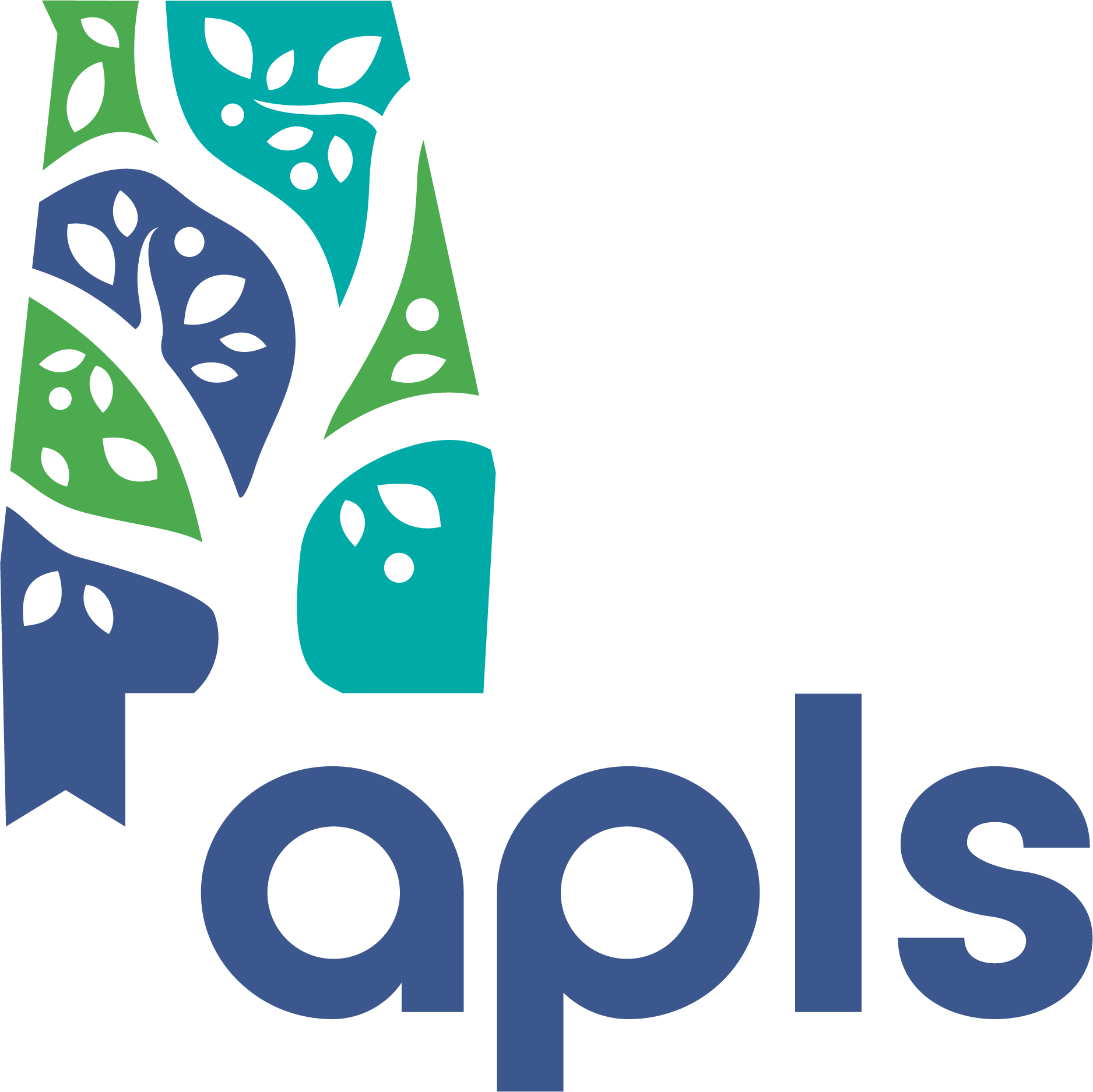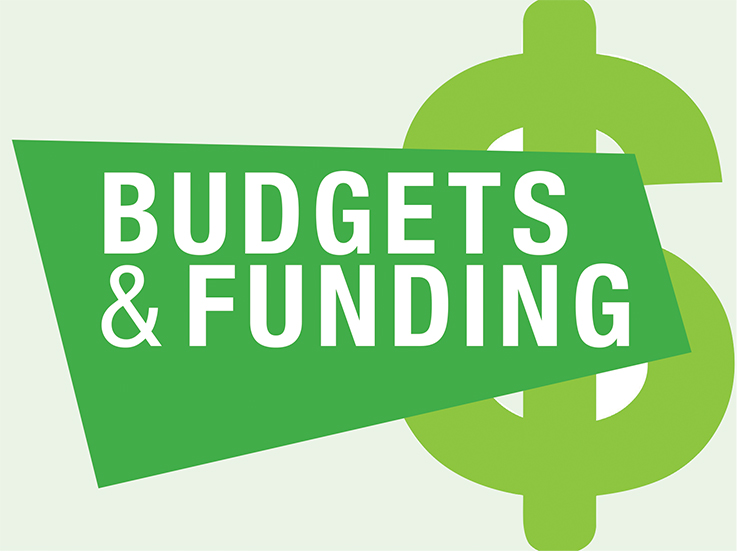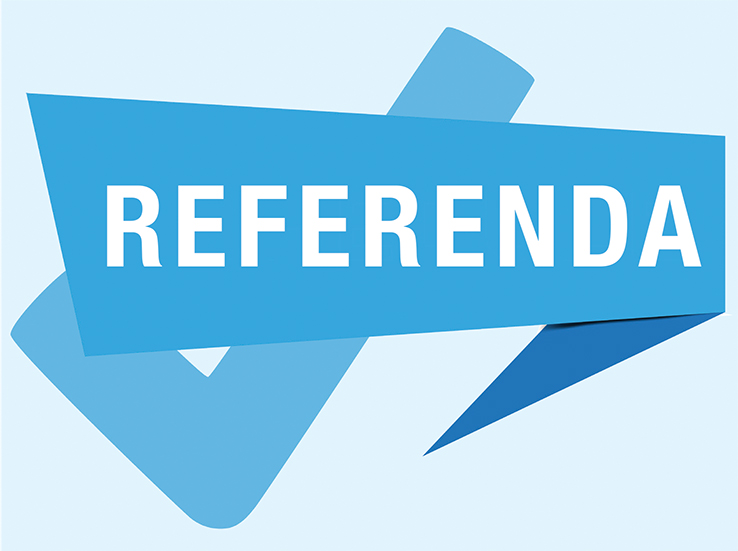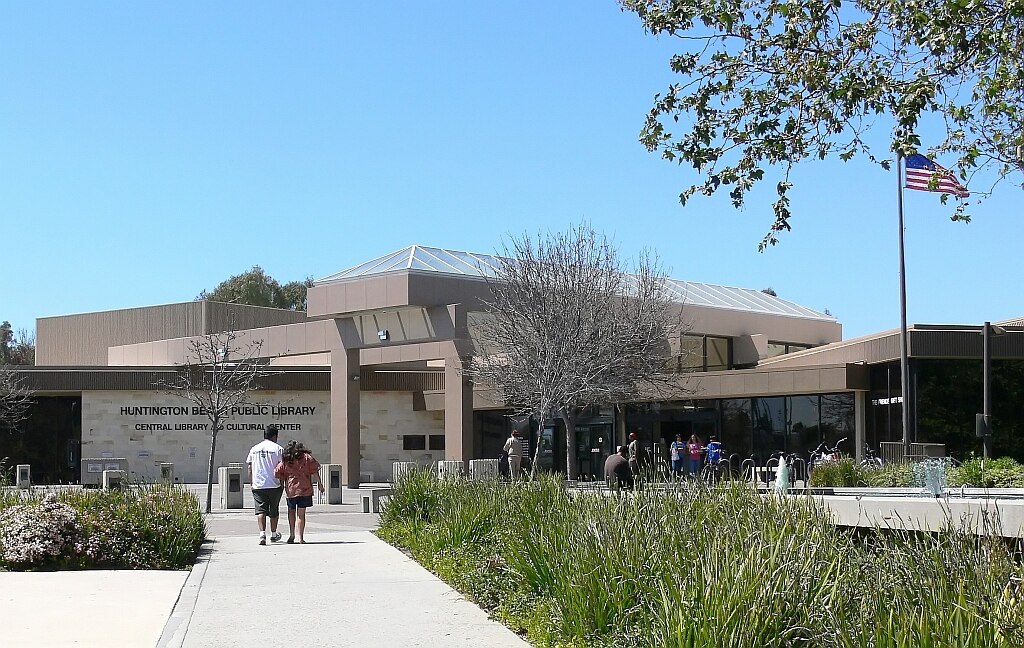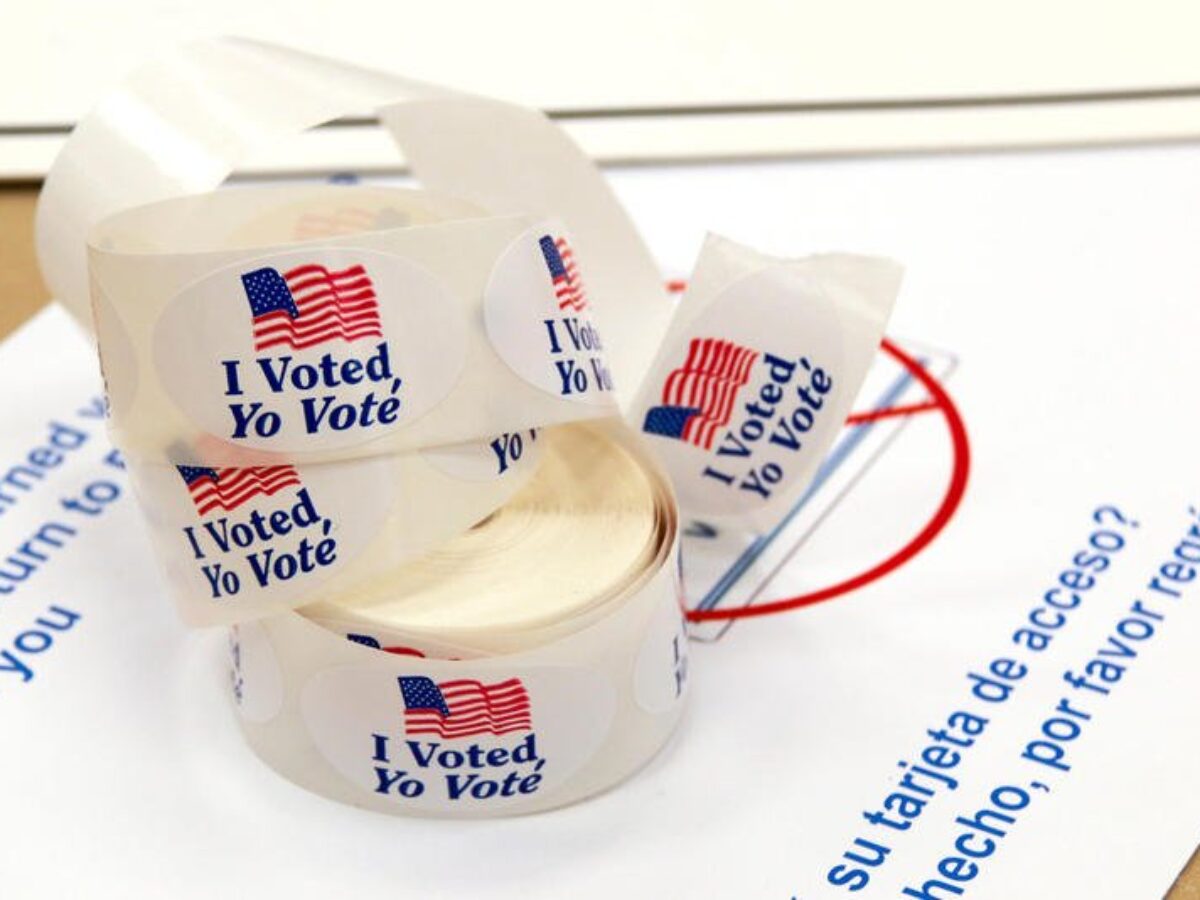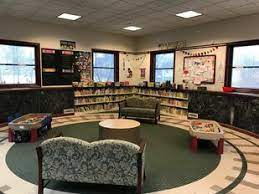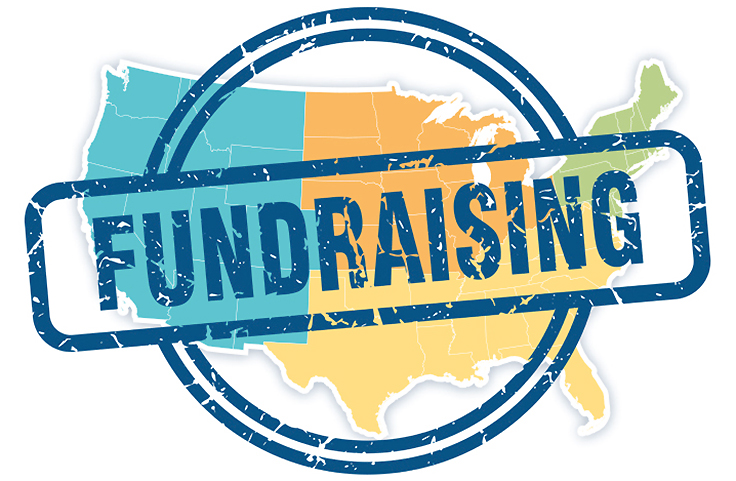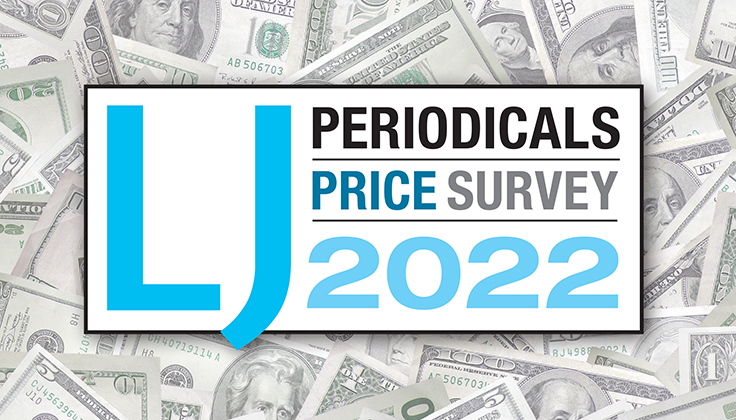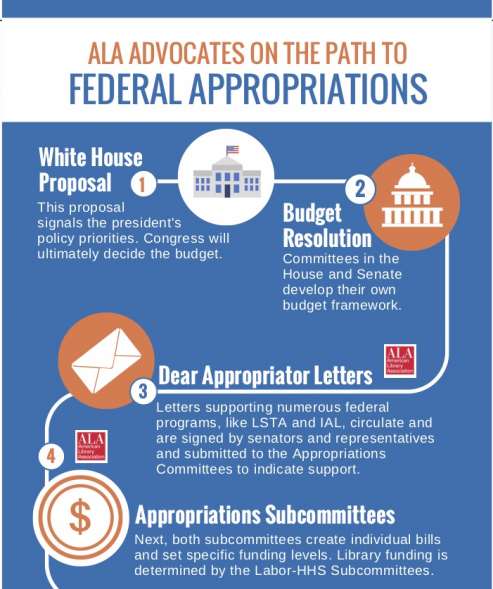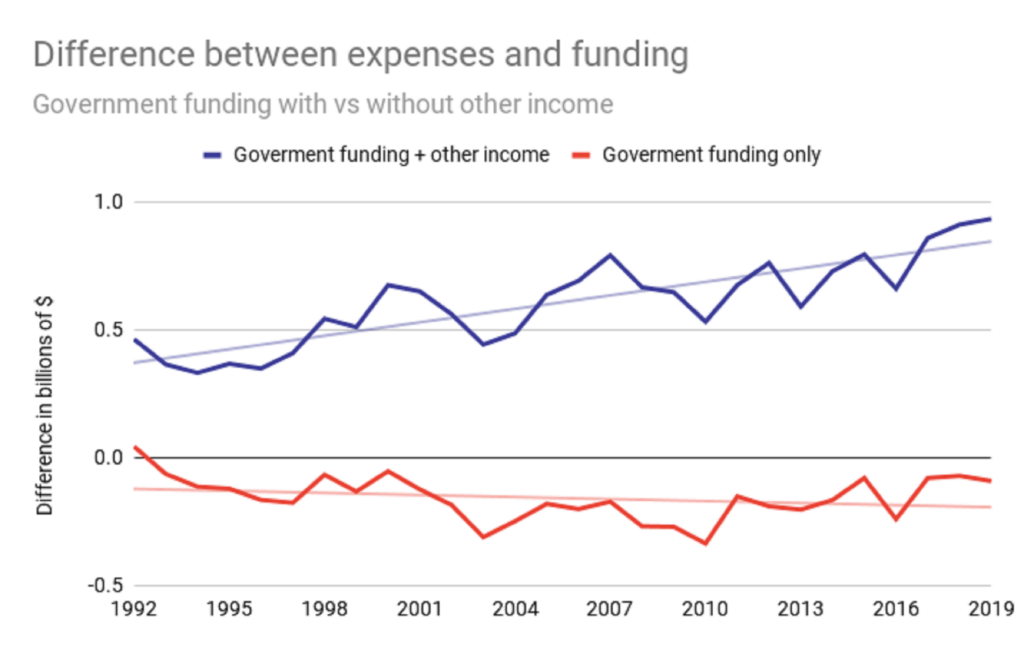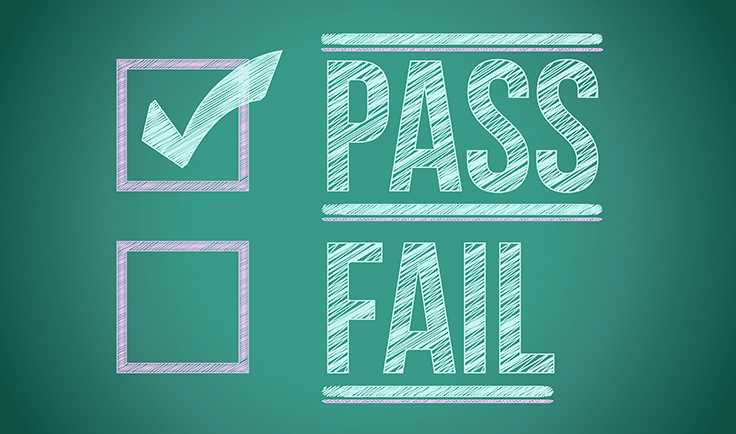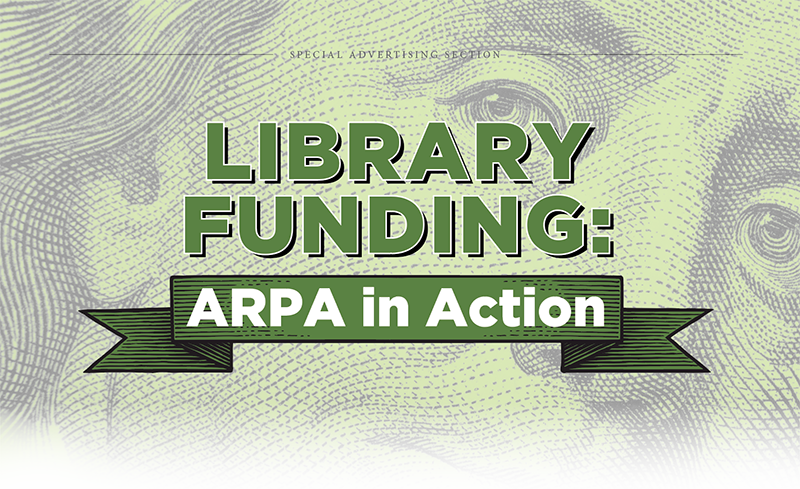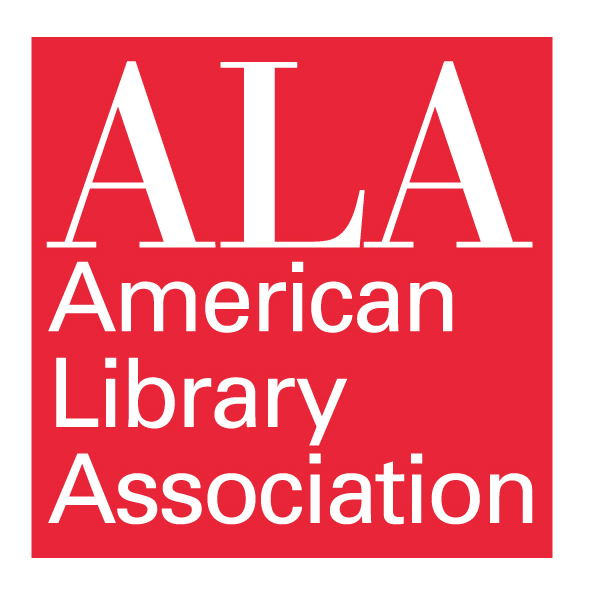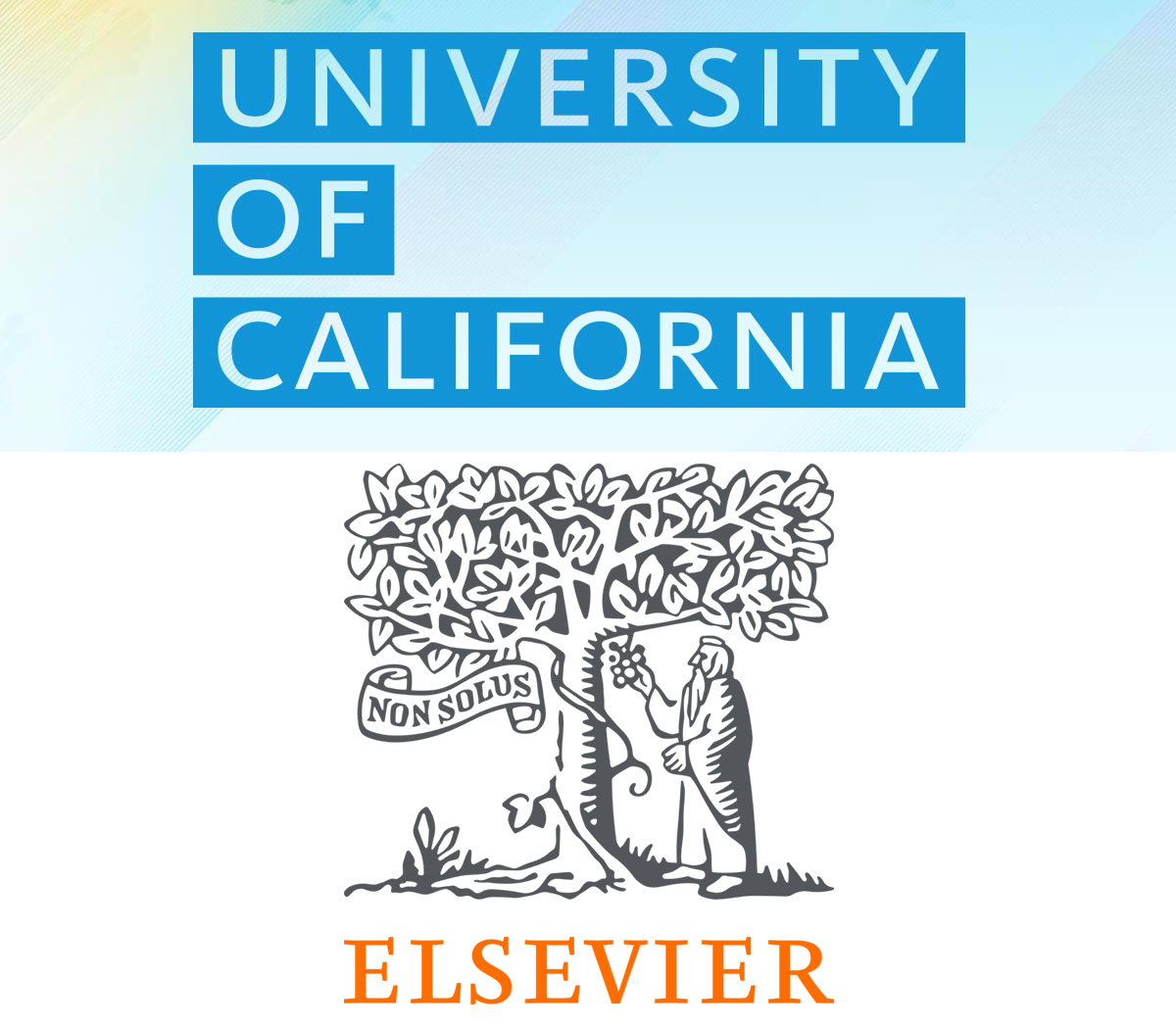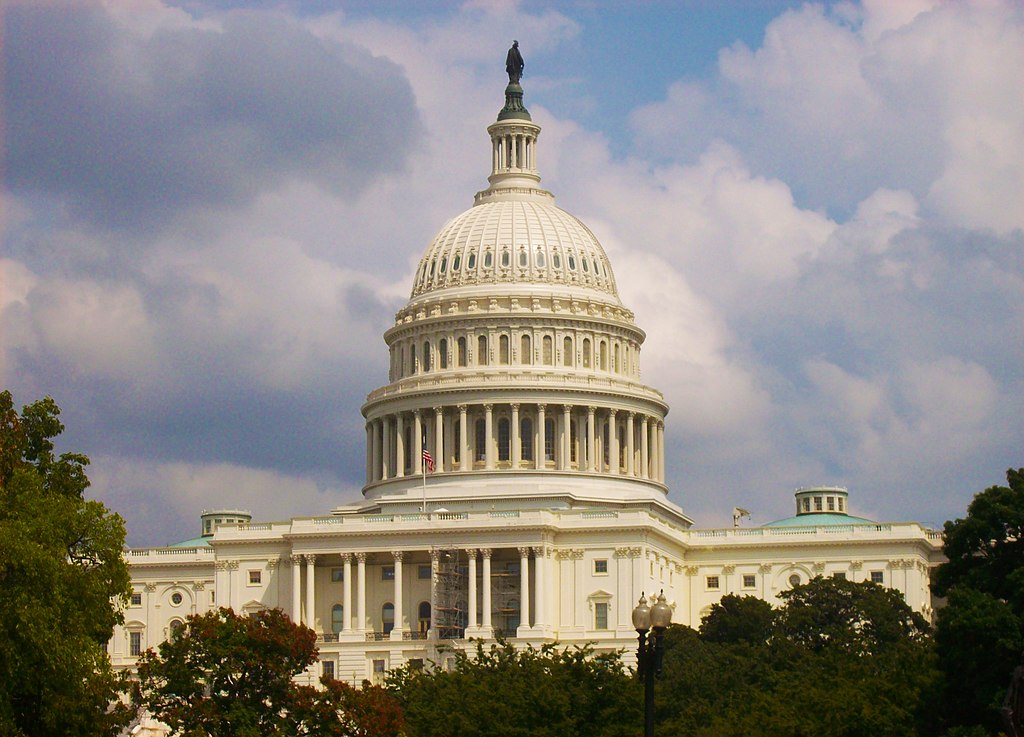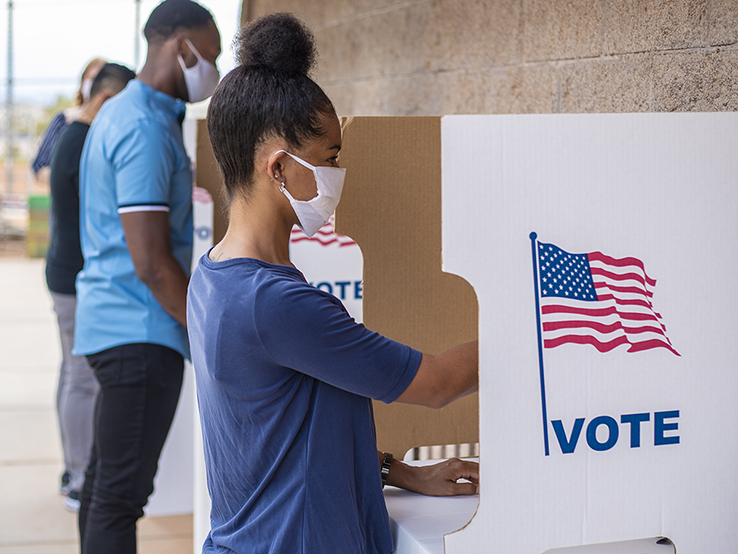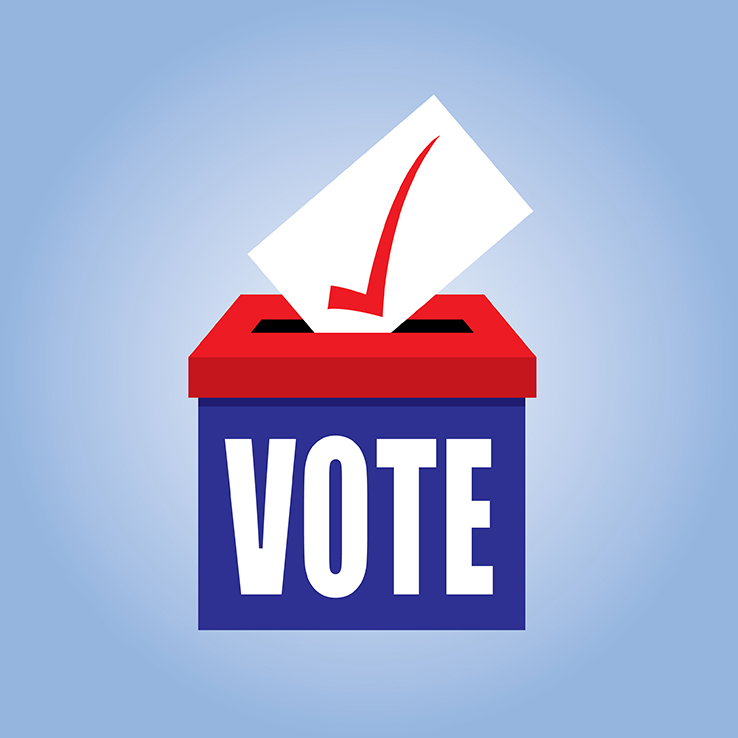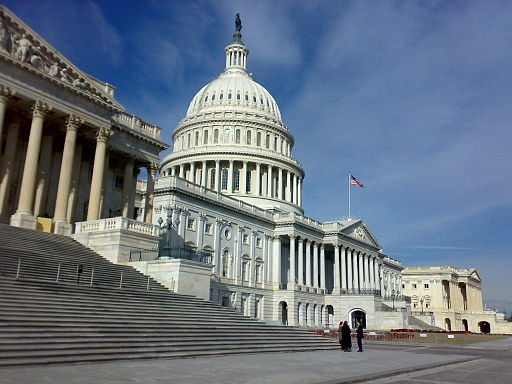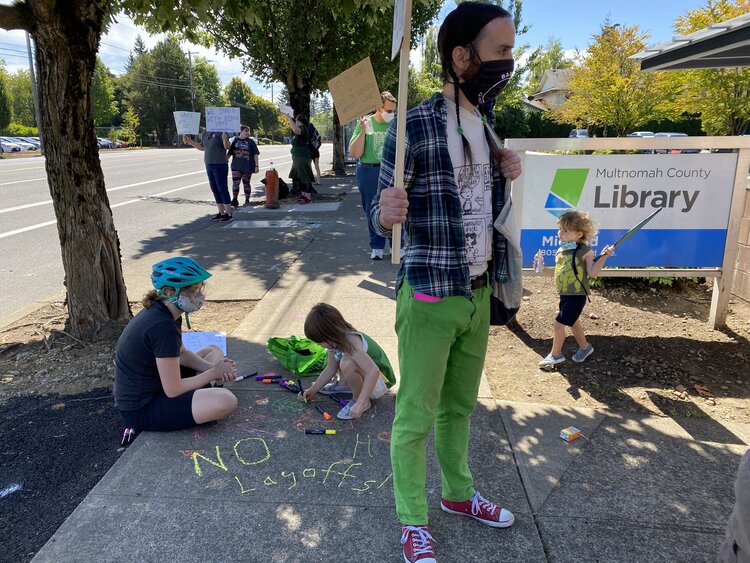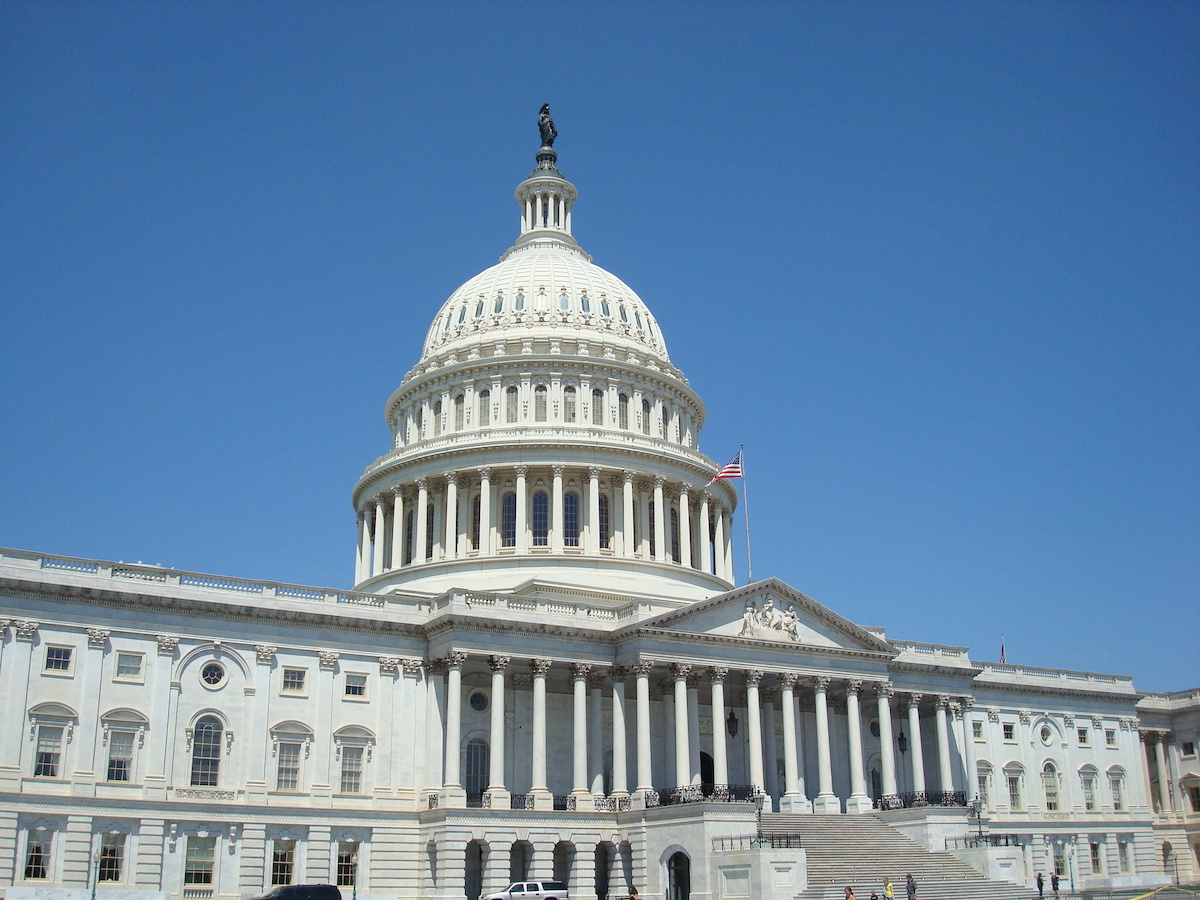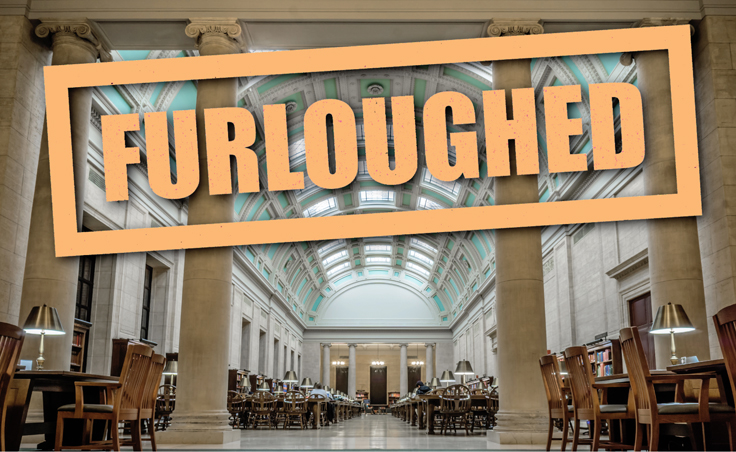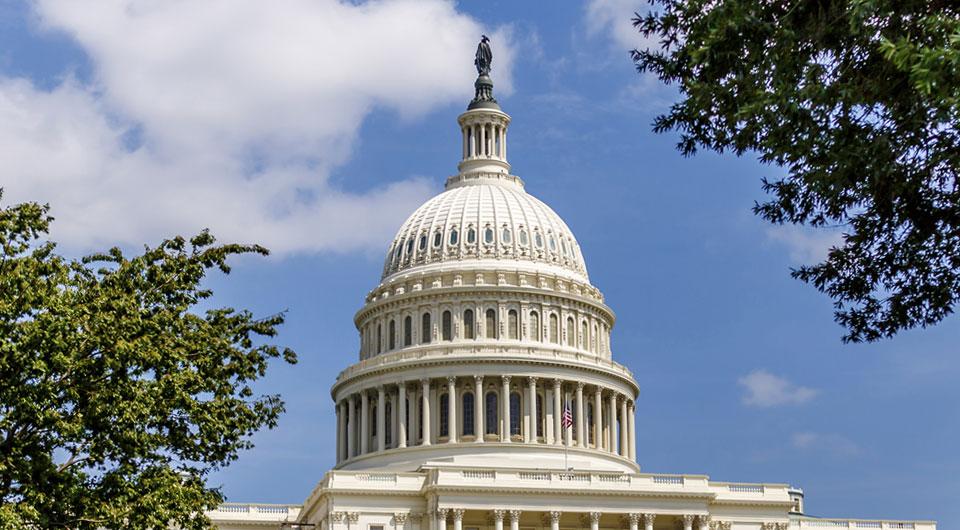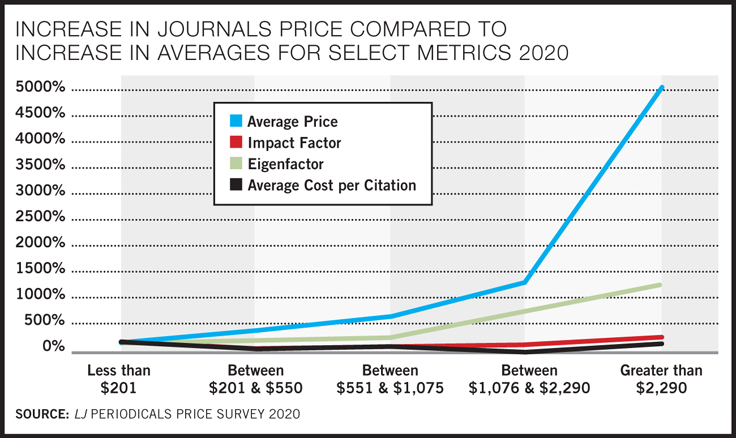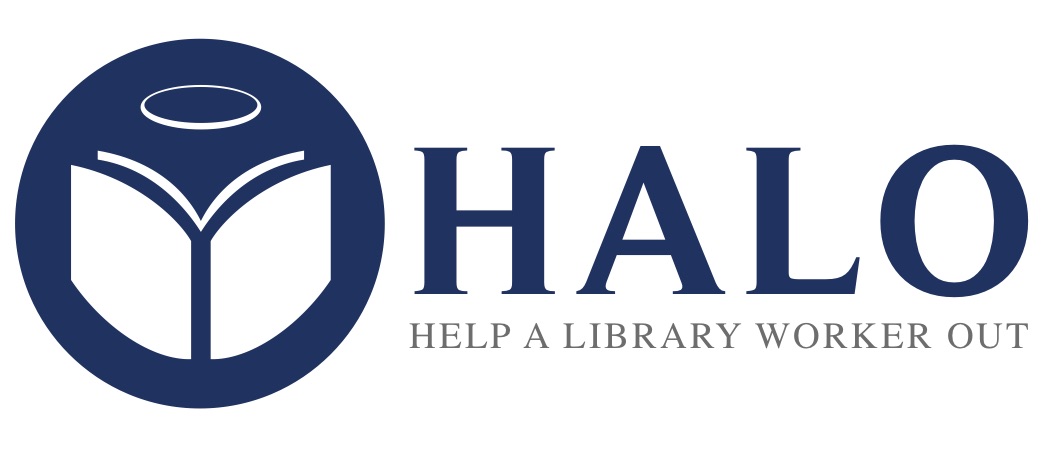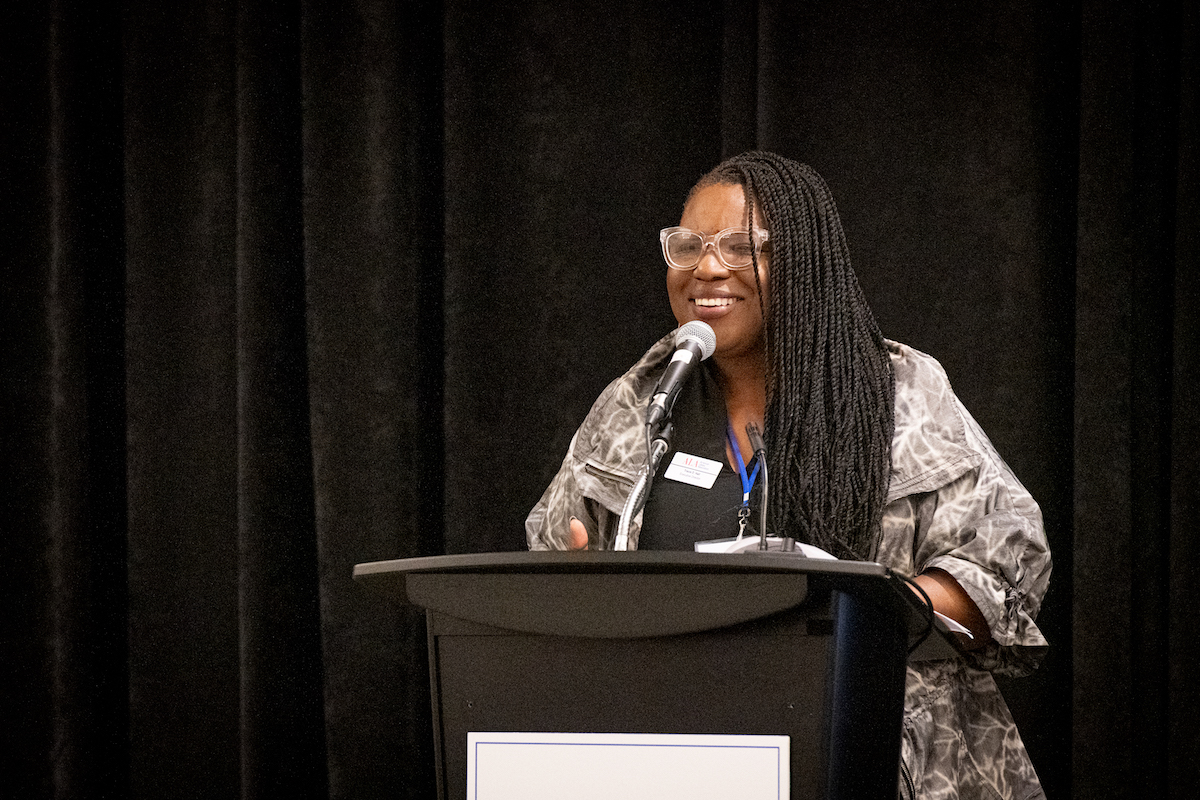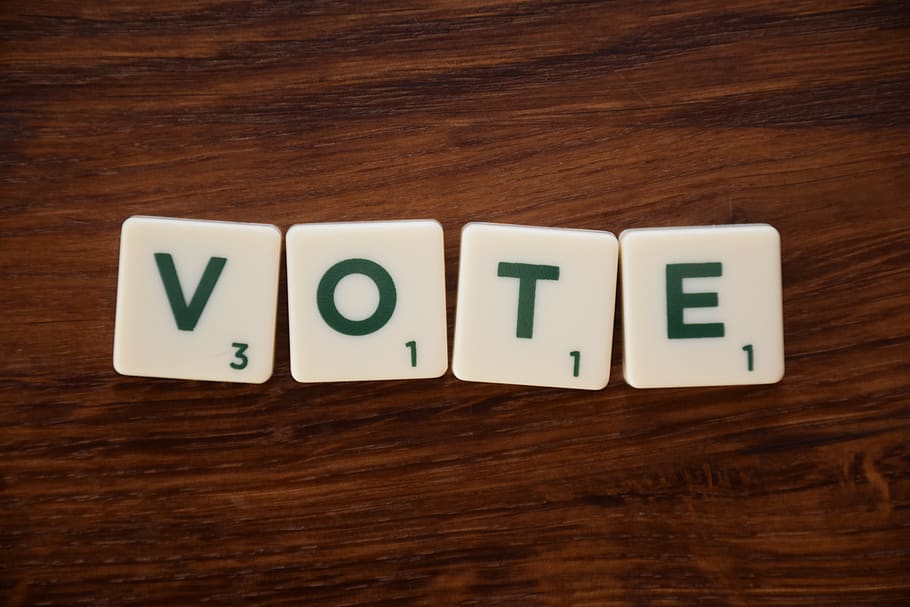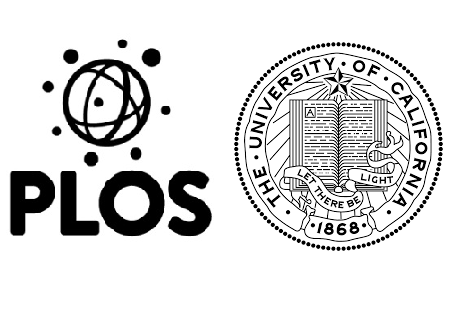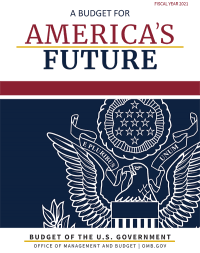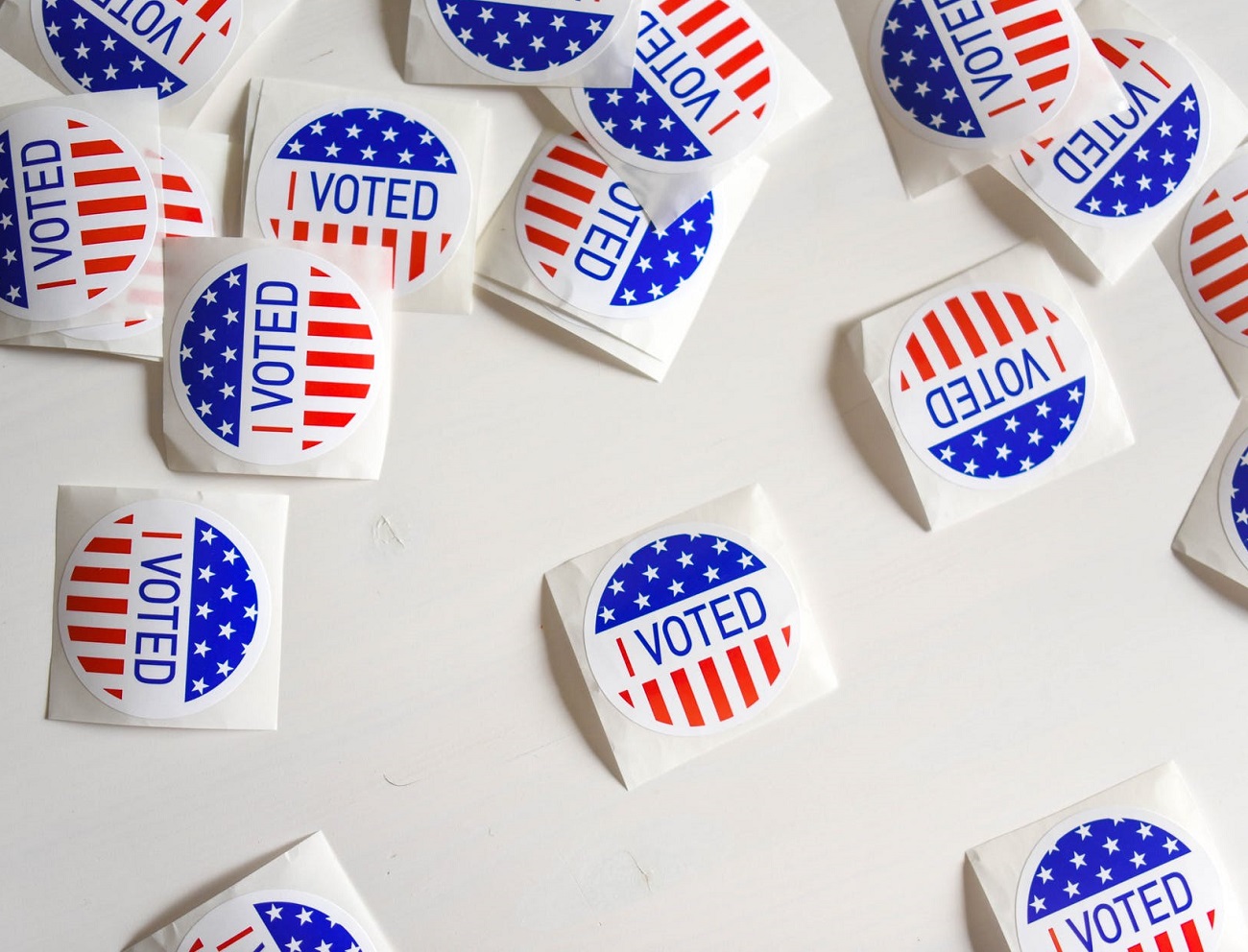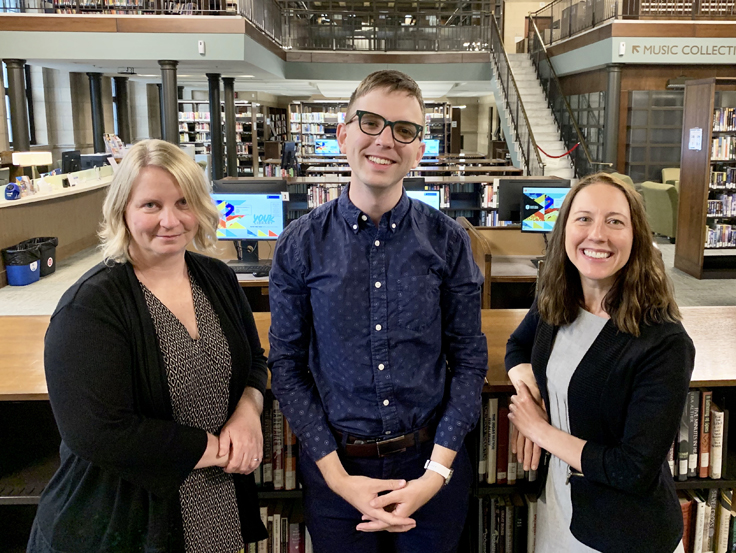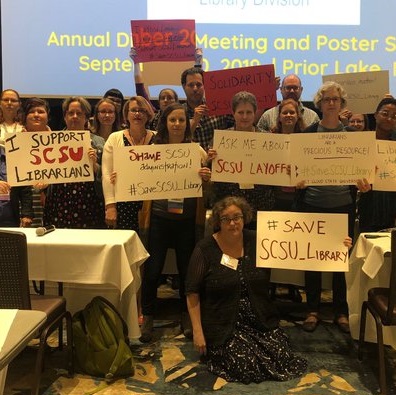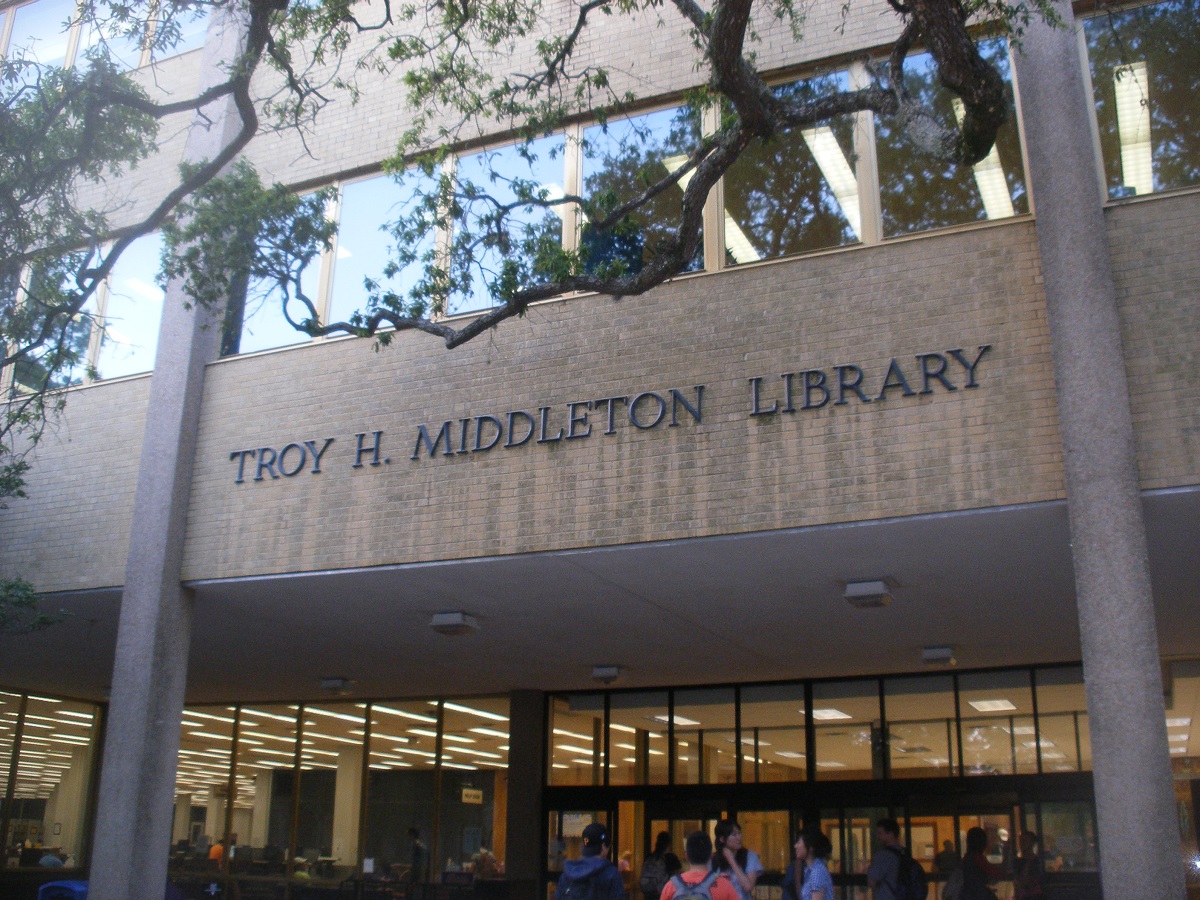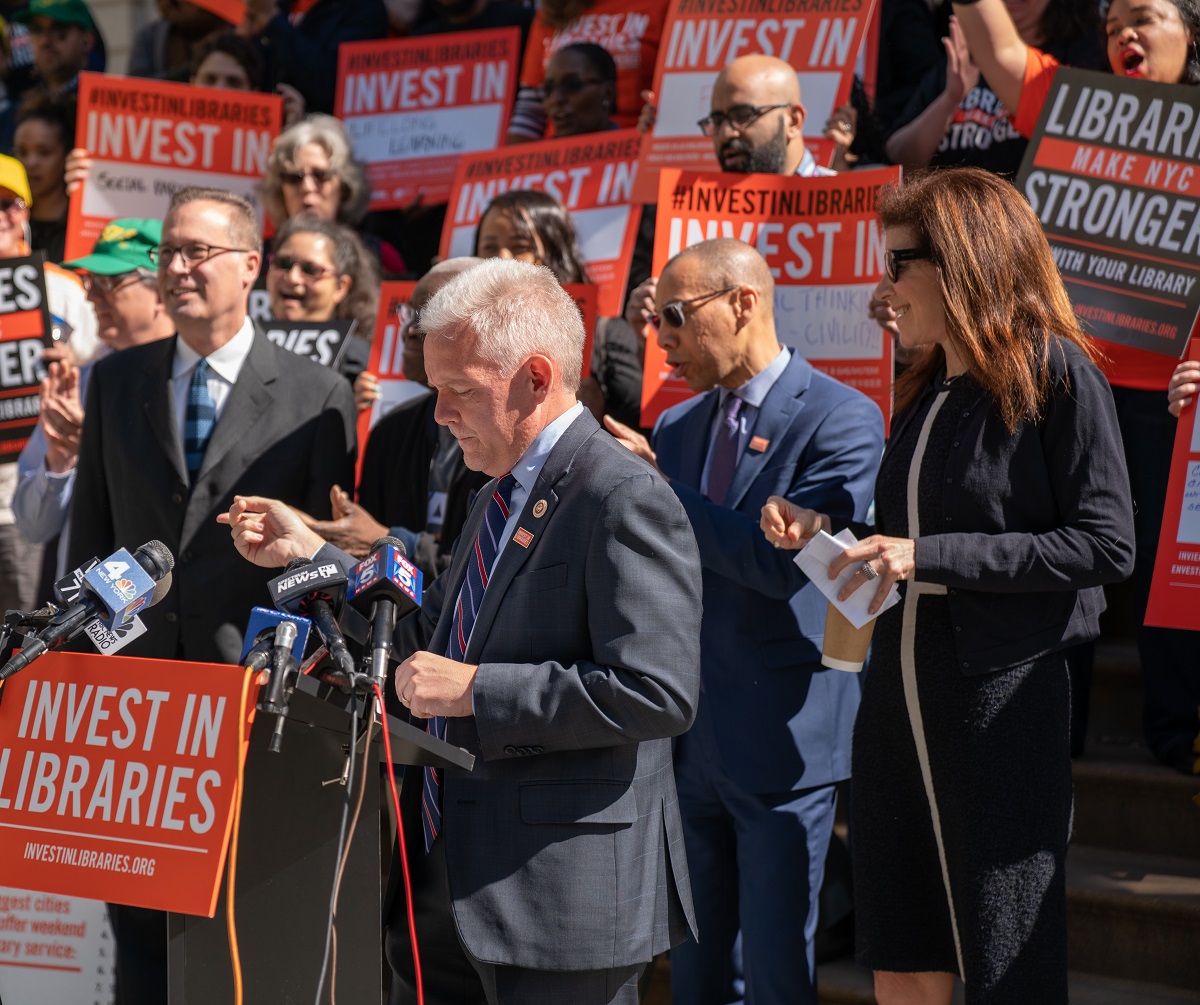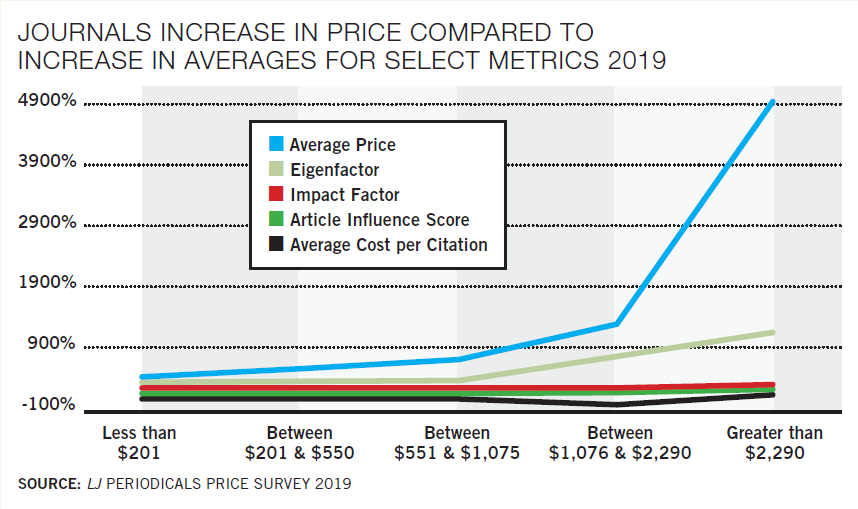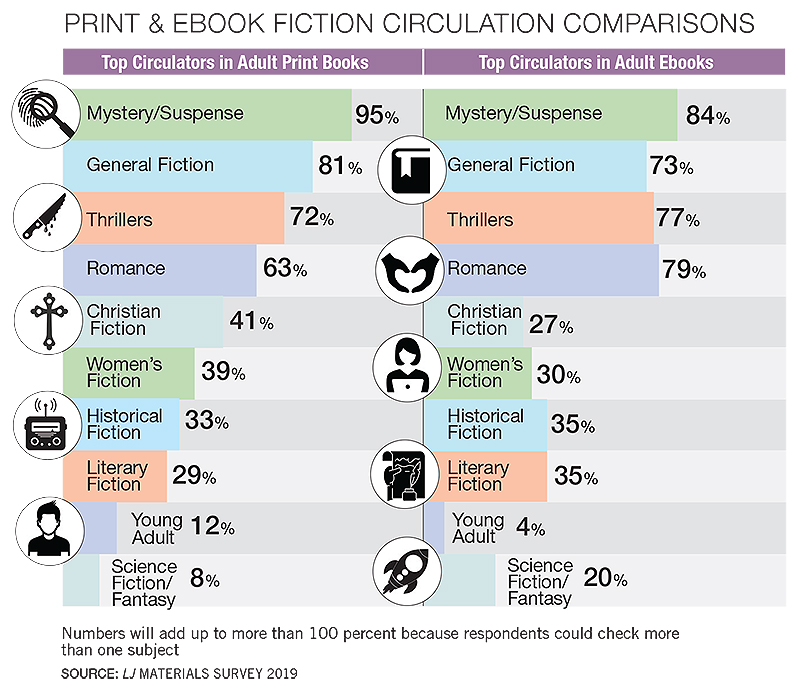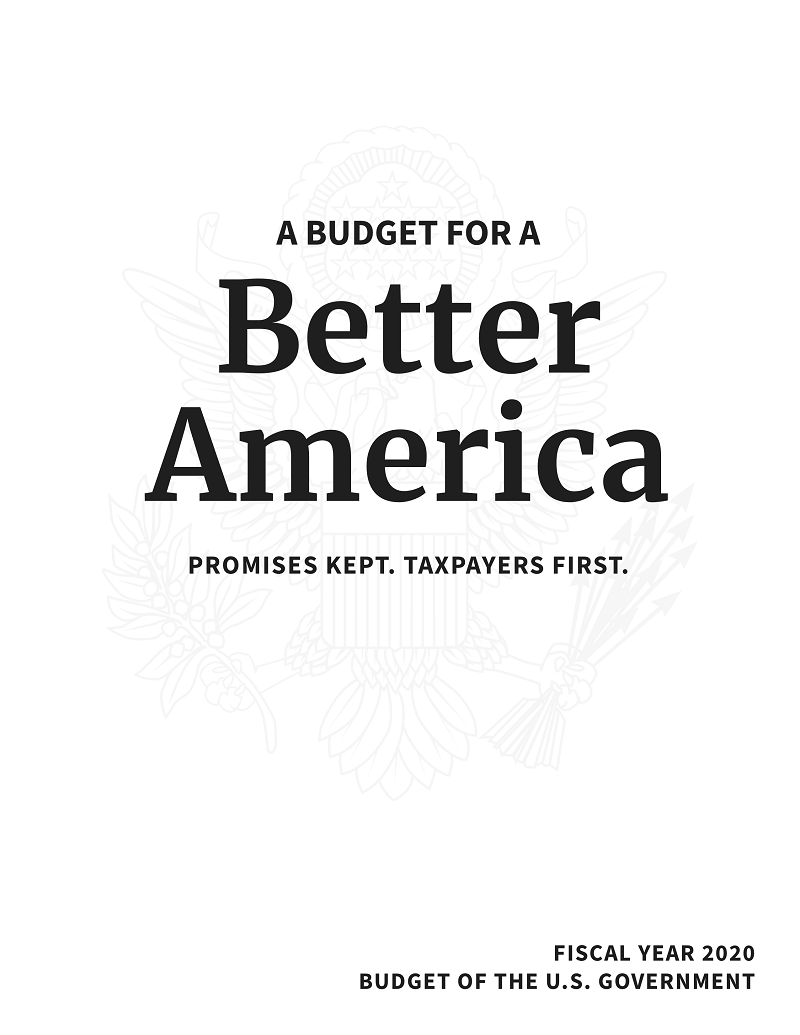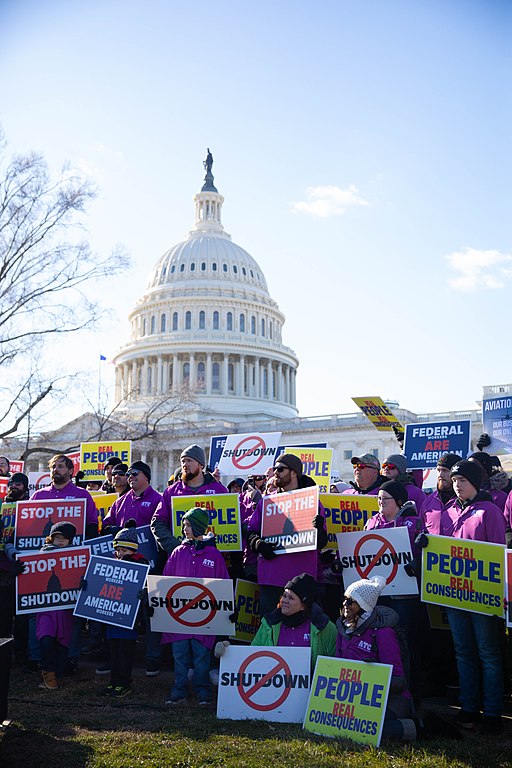Related
As libraries face increasingly challenging funding landscapes, a key to securing public support lies in mobilizing a coalition of foundation donors, Friends members, and board volunteers. Successful advocacy campaigns happen when these key stakeholders unite behind the library’s mission, reinforcing its value and amplifying its message to decision-makers. To that end, library directors can use several types of advocacy that to strengthen their budget campaigns, including community-driven advocacy, public-private partnerships, and the concept of advocacy through fundraising.
In the days after the election, LJ spoke with library colleagues for their takes on what may be in store from the new administration—and potential next steps.
Election Day 2024 held mixed results for libraries on the ballot across the country. EveryLibrary identified and tracked 79 library measures on local and statewide ballots about funding, buildings, and governance. Of those, 55 were for long-term operating revenue, 10 for building projects, seven for annual budgets, one was a defunding measure, two concerned library governance, and four were statewide issues.
The U.S. Department of Commerce’s National Telecommunications and Information Administration (NTIA) on July 24 announced the availability of almost $1 billion in competitive grant funding for programs that “support efforts to achieve digital equity, promote digital inclusion activities, and spur greater adoption and meaningful use of broadband,” according to a notice of funding opportunity posted by the agency. Application materials are available on NTIA’s BroadbandUSA website, and must be submitted through the NTIA Grants Portal by September 23.
JSTOR’s Path to Open pilot project and MIT Press’s Direct to Open program are both demonstrating that open access (OA) monographs are receiving significantly more use and are cited more often than non-open counterparts, according to a recent JSTOR webcast and an impact report released last week by MIT Press.
With only days to go before the May 1 deadline for signatures on House appropriation letters, the American Library Association (ALA) is urging all library supporters to act immediately, using the #FundLibraries campaign tool, to ask their members of Congress to cosign Dear Appropriator letters supporting the Library Services and Technology Act (LSTA) and the Innovative Approaches to Literacy (IAL) program for FY25. ALA’s #FundLibraries page lets users fill out a request to their elected officials, as well as check to see whether their members of Congress have signed on.
Library development deserves to be on par with university and hospital fundraising. Yet many libraries find this work difficult, and few resources exist in the sector to support the professional development needed to be successful. But this is starting to change thanks to the Library Support Network.
On January 30, in response to pressure from Gov. Kay Ivey, the Alabama Public Library Service—the agency that advises and administers funds to the state’s 220 public libraries—announced its official decision not to renew its membership with the American Library Association (ALA). But advocates are urged to look beyond the controversy over ALA to the larger issues in play, notably the growing influence that the state’s elected officials have on library freedoms.
Budgets grew across all areas in 2023, and while it’s too early to predict what those gains bode, the upward trend is largely encouraging.
Most library measures passed in 2023, but the year also saw confusingly worded ballots and little new funding.
The Rural Libraries Endowment, establishedin 2019, has received a substantial boost that is proving to be instrumental in addressing the needs of many rural communities across New Mexico. Originally funded at $1 million, the fund now stands at $28 million, with the addition of $27 million added over four years.
On December 6, Urban Librarians Unite (ULU) announced a $1 million general operating grant from the Andrew W. Mellon Foundation. The four-year grant, made through Mellon’s Public Knowledge program, is the largest ever received by ULU and will allow the grassroots library advocacy organization to expand operations, find other sustainable funding sources, and employ staff.
In the Southern California community of Huntington Beach, days before sharp budget cuts to the Huntington Beach Public Library (HBPL) were proposed—and then walked back—battle lines were drawn over a proposal to screen public library materials for what some deem sexually explicit or age-inappropriate content, and possibly limit access to those materials. The challenge, however, did not originate with an anonymous patron or member of a right-wing group, but with the city’s Mayor Pro Tem Gracey Van Der Mark.
The Mamaroneck Public Library, NY, has been hit with a budget shortfall of an estimated $1.4 million, Director Jennifer O’Neill told LJ. For years, the library has used cash reserves to balance its annual spending plans. But in January, the monthly report submitted by MPL’s longtime business manager unexpectedly showed almost no money in that fund to draw on.
Can libraries afford open access? LJ’s latest Periodicals Price Survey examines the state of the market.
Libraries in Missouri, particularly rural libraries, felt a major blow this week when the state House granted initial approval to slash the roughly $4.5 million in state aid to public libraries from its budget.
Library budgets continued to rebound in 2022, with the largest upticks in a decade—and a continued focus on pandemic-era community needs.
The $1.7 trillion 2023 Omnibus Appropriations bill passed on December 23 includes substantial increases in federal funding for libraries and schools.
Much like the races for the House, Senate, and state leadership, the 2022 midterm elections were a mixed bag for libraries. Most library ballot questions succeeded: As of November 10, more than 70 percent of the more than 55 tracked by library PAC EveryLibrary passed. There were not, however, as many races to watch. This year saw fewer than 60 measures on the ballot, the lowest number in any midterm election in a generation.
In the violent rainstorms that hit central Appalachia this summer, one of the hardest hit institutions was Kentucky's Letcher County Public Library. Three of its four locations and a bookmobile were severely damaged. Cleanup has been steady but slow, but a GoFundMe fundraiser set up by Kim Michele Richardson, author of The Book Woman of Troublesome Creek, has raised more than $30,000 to help the library rebuild and restock.
Arkansas Library, Facing Pushback to Pride Display, Fights Ballot Referendum To Slash Budget by Half
Voters in Craighead County, AR, will soon decide whether to roll back library tax revenue by half—from two mills to one—after a citizen’s group with regional Tea Party backing succeeded in getting that question on the November 8 ballot.
The Patmos Library in Jamestown Township, MI, lost a critical millage renewal in early August as the result of a “Vote No” campaign orchestrated by a local conservative coalition. Members of the group, the Jamestown Conservatives, object to LGBTQIA+-themed material on the library’s shelves, and have been vocal about their displeasure. As a result, two directors have resigned in the past few months.
The results from LJ’s Fall 2021 Public Library Fundraising Survey demonstrate how the COVID-19 pandemic changed the ways libraries conducted their fundraising. Like so much else in the library field, the pandemic forced library staff, administrators, and Friends groups to reconsider the best ways both to raise funds and utilize them.
On March 28, President Joe Biden released his proposed federal budget for Fiscal Year 2023. The $5.8 trillion budget focuses on reducing the deficit as well as investments in economic growth and job creation. The final FY22 budget was only signed into law on March 11, meaning that the appropriations process began later and deadlines for final FY23 appropriations will be tight.
The vast majority of 2021 library ballot measures passed, but few were put to a vote, and fewer asked for new funding.
With an influx of federal dollars and increase in consumer confidence in mid-2021, library budgets began to rebound from the pandemic’s first year—but are those gains sustainable?
Center for an Urban Future released its most recent report, “Branches to Recovery: Tapping the Power of NYC’s Public Libraries to Rebuild a More Equitable City,” on November 30. The report, funded by the Charles H. Revson Foundation, was accompanied by a forum held at the New York Public Library’s Stavros Niarchos Foundation Library and virtually that invited city library leaders and policy makers to weigh in on how libraries can help ensure an inclusive recovery from the COVID-19 pandemic, and what libraries need to accomplish those goals.
The University of North Carolina (UNC) at Chapel Hill administration announced on October 1 that, as part of major budget-tightening initiatives across the institution, the UNC Libraries’ funding will be cut by $5 million over two years. During the current academic year, close to $2 million will come from the collections budget.
On June 2 the California Senate and Assembly jointly issued a FY21–22 budget for the state’s public libraries totaling more than $500 million.
Economic measurements almost always exclusively focus on the materials offered by libraries. But what about all the intangible services that library workers provide, such as children’s story hour, makerspace trainings, ESOL, citizenship preparation, job search help, and on-demand reference consultations? How might we communicate the value of all of the other services libraries provide beyond materials?
On July 21, the Board of Trustees of the Niles-Maine District Library, IL, walked back several items in a contentious FY22 budget proposal. Following a three-hour public comment meeting the night before, community protests, and a complaint filed with the Illinois Labor Relations Board on behalf of library workers’ recently joined union, the board adopted a compromise budget—but some feel the concessions are too little and too late.
The $1.9 trillion pandemic relief legislation passed by Congress in March contains a significant amount of money for libraries to help their communities. In response, many companies are highlighting products that can be purchased with recovery funding.
UPDATE: On June 30, Mayor Bill de Blasio and City Council announced the final $98.7 billion New York City budget for FY22, which will restore full funding to the city's libraries. “In an understandably uncertain budget year, we are incredibly thankful to Mayor de Blasio, City Council Speaker Corey Johnson, Finance Chair Daniel Dromm, Cultural Affairs and Libraries Chair Jimmy Van Bramer, the budget negotiating team, and the entire City Council for keeping New York City’s public libraries strong as we all move forward into our next chapter,” directors of the three systems said in a statement.
The American Rescue Plan Act (ARPA) is a $1.9 trillion stimulus package passed by Congress on March 10. It includes targeted funding for various sectors of the economy and government impacted by the COVID-19 pandemic, ranging from agriculture to small businesses to education—and libraries. Here are the ins and outs of how new federal funds will reach public libraries and how they can be spent.
Ohio libraries tend to be well funded, both locally and via a solid base of state government support. This year, however, they found themselves forced to advocate for the portion of their funding administered by the Ohio Public Library Fund, which distributes a percentage of the state’s income and sales tax receipts among the state’s 251 public library systems.
On May 28, President Joe Biden released the Administration’s FY22 Budget Request to Congress. Along with major investments in infrastructure and education, the finalized $6 trillion budget—$300 billion of which is new spending requested for the coming fiscal year—requests $265 million for the Institute of Museum and Library Services (IMLS), including $197 million for the IMLS-administered Library Services and Technology Act.
On the morning of Monday, May 10, the three New York City library systems reopened 53 branches for computer use, limited browsing, and in-person reference. Later that day, the leaders of all three systems testified at a New York City Council executive budget hearing to call for support in the face of the $10.34 million in budget cuts to the three library systems in Mayor Bill de Blasio’s proposed FY22 executive budget—a number that could rise to as much as $22.2 million if City Council declines to re-up its yearly commitment.
Having spent over a decade adjusting to a “new normal” of serials inflation, harsh budget cuts, and a redirection of spending from collections to services, arguably few if any libraries were prepared for the turmoil wrought by a pandemic. We have shifted to a new abnormal. How will libraries survive and thrive after the pandemic subsides? What might our new abnormal look like?
The American Library Association launched two relief funds at the beginning of April. The $1.25 million ALA COVID Library Relief Fund will offer grants of $30,000–$50,000 to public, school, academic, and tribal libraries across the United States and U.S. Territories that have been affected by pandemic-influenced budget contractions. The ReMember Fund will ensure that ALA members financially impacted by COVID-19 can maintain their membership.
The challenge for libraries is, first, to obtain and spend federal funding, and second, to parlay that temporary help into a permanent paradigm shift. The new equipment will outlast the emergency. It is up to library leaders to document its ongoing impacts, so that when breakage and age take their inevitable toll, funders will find it unthinkable not to replace and upgrade the gear.
On March 16, the University of California (UC) and scientific publisher Elsevier announced a transformative agreement that will enable universal open access publishing in Elsevier journals for all UC research, control costs at a sustainable level, and support the university’s transition from paying for subscriptions to paying for open publishing of its research. The four-year agreement, which went into effect on April 1, is the largest of its kind in North America to date.
In a significant show of support, Congress earmarked billions of dollars in recovery funding for academic, public, and school libraries on Wednesday, March 10, as part of President Joe Biden’s $1.9 trillion American Rescue Plan Act (ARPA) of 2021. The Institute of Museum and Library Services (IMLS) received $200 million, the largest single boost in the agency’s 25-year history. The relief package also includes money for library-eligible programs such as the Emergency Education Connectivity Fund through the FCC’s E-rate program.
Budgets, modestly up, reflect pre-COVID planning, but how they’re spent has changed drastically: Circ, hours, and staffing see major pandemic drops while tech, e-content, and safety spending rise.
Despite partisan clashes, the COVID-19 pandemic, and economic headwinds, voters largely came through for public libraries in 2020.
On the afternoon of December 21, Congress released and passed a $1.4 trillion omnibus spending package. The FY21 budget, along with a $900 billion Emergency COVID Relief spending package, includes a $5 million increase from FY20 for the Institute of Museum and Library Services (IMLS), including nearly $2 million for the Library Services and Technology Act (LSTA). The bill did not, however, include direct funding for libraries.
While the nation is on tenterhooks waiting for votes to be tallied in the general election, a number of critical library ballot measures were decided on election day—and the wins far outnumbered the losses.
Multnomah County Library Dials Back Layoffs; Employees Call Out Systemic Racism, Top-Down Management
When Multnomah County Library (MCL), OR, announced its plan in July to reduce staff by some 14 percent, staff and members of peer institutions responded with anger and concern that library services would be compromised, even as management defended the cuts as necessary stewardship of library funds in a changing service environment. After two months of outcry on the part of staff and others, on September 2 MCL Director Vailey Oehlke issued a press release drastically rolling back the number of cuts.
As COVID-related budget cuts hit libraries, directors and deans must decide what their communities need most.
It is important for library leaders to realize that every other local organization or unit of government who responded to the COVID disaster with compassion, engagement, and their best efforts also has a great story to tell. During times of austerity, the narratives that matter are about direct and measurable outcomes for people who used your service, visited your program, accessed your collections, or interacted with your staff.
Libraries can and should continue to apply creative problem-solving to mitigate the worst impacts of this pandemic on staff and users. There is a limit to what even the most nimble, inventive, and dedicated libraries—or even consortia or associations—can fix. But that doesn’t mean there is nothing we can do. We need to think bigger and to throw the collective power of our profession toward advocacy for large-scale solutions.
On July 2, Sen. Jack Reed (D-RI) and Rep. Andy Levin (D-MI) introduced the bipartisan Library Stabilization Fund Act in both chambers (S.4181 and H.R.7486, respectively). The legislation, introduced with 13 cosponsors on both sides of the aisle in the Senate and 27 in the House, would establish a dedicated $2 billion fund to be administered by IMLS that would address the financial losses incurred in the pandemic shutdown and bolster library services going forward, with priority given to the hardest-hit communities.
As they anticipate hits from lowered enrollment and decreased endowments, as well as declines in state funding for public universities and community colleges, and potential rollbacks of money that has already been authorized, academic institutions have begun hiring freezes and reductions, including furloughs, layoffs, and reduced hours for non-tenured faculty and staff. Many campus libraries are seeing reductions in workforce that threaten to affect their ability to serve students, faculty, and researchers.
Many libraries are cancelling their galas and other in-person fundraising events due to the global pandemic. As a member of the Next Chapter Society (NCS), which works with Tennessee’s Nashville Public Library Foundation to fundraise for the Nashville Public Library (NPL), I worked with my committee to shift our summer activities online.
As public libraries do more and more in times of crisis to fill gaps in our social safety net, it is time to rethink how publishers and content providers relate and do business with public libraries and their customers. How can those relationships be retooled and reimagined to provide outcomes that are more beneficial for all?
On Friday, the House of Representatives voted 208 to 199 for a $3 trillion aid package called the Health and Economic Recovery Omnibus Emergency Solutions (HEROES) Act. It includes proposals for new stimulus payments to individuals, hazard pay for first responders, rent and mortgage assistance, and more. Senator Roy Blunt (R-MO) has said that the Senate would begin talks about the HEROES Act after the Memorial Day recess.
Earth Day may find people wondering what they can do to help combat climate change and support sustainability efforts—particularly when most are still staying home to help slow the spread of COVID-19. But effective strategies can come from small starts. As GoFundMe, Indiegogo, and Facebook fundraisers have shown us, giving is not only for the rich—and philanthropy can come from unexpected places.
Higher education continues to grapple with an uncertain future of flat or declining student enrollment and mounting financial pressures. Library budgets are for the most part flat or diminishing, leaving libraries to yet again battle the terrible twins of cost inflation and revenue stagnation. Many libraries are cutting continuing expenditures by cancelling or breaking up journal packages and buying only those titles for which use or demand justifies the price. Others are aggressively renegotiating contracts with publishers to reduce ongoing costs.
The Institute of Museum and Library Services (IMLS) announced on April 13 that it would begin steps to distribute the first $30 million appropriated to the agency through the federal Coronavirus Aid Package, or CARES Act. The $2 trillion emergency funding legislation, which passed on March 27, included a $50 million package spearheaded by the Washington Office of the American Library Association (ALA) to help ensure that libraries could continue to provide workforce development, connectivity, and digital content during the COVID-19 pandemic crisis, as well as to protect core library services in the face of future expected cuts and to help support library organizations.
Librarians and other library staff, especially part-time workers and those who have been laid off or forced to take pay cuts or personal leave because of COVID-19 shutdowns, are often struggling to pay their bills, the promised $1,200 stimulus check notwithstanding. To address that need, the EveryLibrary Institute has launched the Help a Library Worker Out (HALO) Fund.
UPDATE: The HALO Fund is ready to start taking applications on a cash-available basis. You can apply at everylibraryinstitute.org/haloapply.
UPDATE: The $2 trillion Coronavirus Aid, Relief, and Economic Security (CARES) Act was signed by President Trump on March 27, and included $50 million for IMLS. This infusion of funds for digital inclusion projects will help support libraries that have had to pivot quickly in their services, ALA stated.
Library budgets continued to expand in 2019, but varying areas of growth make patterns—and predictions—hard to discern.
As LJ’s materials survey grew too complex, we turned to vendor data for a granular look at what’s selling to libraries.
On February 19, the Public Library of Science and the University of California announced a two-year pilot, in which UC Libraries will pay the first $1,000 of any article processing charge for UC researchers choosing to publish in a PLOS journal.
In the first step of a now-familiar process, the Trump administration’s preliminary FY21 budget , submitted on February 10, calls for drastic cuts and eliminations of cultural and educational agencies, including—for the fourth year in a row—zeroing out the Institute of Museum and Library Services (IMLS), among others “as part of the Administration's plan to move the Nation towards fiscal responsibility and to redefine the proper role of the Federal Government.”
Under H.R. 1865, IMLS, LSTA, Comprehensive Literary Grants, the National Endowment for the Arts, National Endowment for the Humanities, the National Library of Medicine, and the Library of Congress will all have increased budgets.
Debates over what libraries should fund can get heated, but don't let that stop you from having them. All stakeholders need to not only prepare but discuss the budget, and to understand what new services will meet user demand. Good negotiators need to know when to stick to their guns, even if it means risking an argument. Good leaders also know when to concede and join with the team to ensure progress. Collegiality, civility, and good working relationships are important, but we can’t let the desire to get along prevent us from fully tackling the tough questions
I am very excited to see the recent positive activity around libraries in the United Kingdom. The community there seems to be rallying in a new way to increase understanding of the urgency for library investment—an effort lifted by a renewed effort to articulate how much libraries contribute to the social fabric. Now is the time to build on that good news story, and their strategy is worth a look.
At least 50 libraries had referenda on the ballots on November 5. While results are still coming in, returns are in on some notable measures.
Following years of declining investment, the United Kingdom’s public libraries will receive a significant boost, with over £125 million ($160,466,000) in new funding for regional museums and libraries throughout the country.
To pass an essential funding measure, Palatine Public Library District’s marketing team made the case with transparency, community feedback, and streamlined messaging—earning it LJ's 2019 Marketer of the Year Award.
When the St. Paul Public Library, MN, went fine-free, the marketing and communication team's successful campaign to get the word out helped earn it an Honorable Mention for LJ's 2019 Marketer of the Year Award.
Four librarians were among the eight tenured faculty members laid off from St. Cloud State University, MN, at the beginning of the 2019–20 academic year. Final notices to those impacted, who also included three philosophy professors and a theater professor, were delivered on September 16. Their contracts will be terminated effective May 13, 2020. Laying off four full-time librarians would cut the library’s faculty by one-quarter; currently 13 full-time library faculty serve a student body of over 13,000, as well as members of the St. Cloud community.
What can a marketing firm offer library boards, Friends, or foundations, and can your average library support organization—which may not have deep pockets or a large existing donor base—afford one?
After months of back-and-forth with state officials over Alaska’s FY20 operating budget, Gov. Mike Dunleavy relented on a plan to cut funds for the University of Alaska (UA) by 41 percent. Rather than a one-year, $135 million cut, the university will see state funding cut by $70 million over the next three years—$25 million this year and $45 across the following two.
Louisiana State University (LSU) recently received $28 million, raised privately, for its football locker rooms. Ginger Gibson Burk, an LSU alum and political reporter in Washington, DC, was happy that the football team got a new locker room but “it was a reminder that the library is in a state of disrepair and needs to be addressed,” said Burk. She started a GoFundMe campaign on her phone on her way to work to raise money to fix and update LSU’s Middleton Library.
The newly created Fund for the Boston Public Library has raised a total of $6.1 million to date in only a few weeks, since Boston Mayor Marty Walsh announced its creation on May 29. Library Director David Leonard hopes that the Fund may raise as much as $10 million annually, in addition to the BPL’s annual budget of approximately $49 million.
On June 14, Mayor Bill de Blasio and New York City Council reached an early agreement on the FY20 executive budget that included $33 million in additional funds for the city’s three library systems—Brooklyn Public Library, New York Public Library, and Queens Public Library—after they joined forces on a citywide advocacy campaign pushing back against more than $11 million in proposed cuts.
In the wake of state funding cuts, the University of Iowa (UI) Libraries has identified more than 800 journal, database, and ebook subscriptions that it will cancel over the upcoming academic year. Library administration and liaisons worked with faculty to select subscriptions to be eliminated, targeting—and achieving—approximately $600,000 in savings. Faculty, staff, and students ultimately commended UI Libraries for its transparency and adherence to best practices throughout the process.
There is no such thing as a totally independent library board when the library’s funding stream is controlled by another entity. Libraries will never achieve consistently satisfactory funding levels as long as they are one of many agencies governed and/or solely funded by a larger political unit. When public libraries compete for funds with police, fire, sewers, schools, planning, and assessor’s offices, they lose. The tremendous cuts and closings weathered by public libraries in the UK over the past decade provide a cautionary tale.
A 50 percent cut to Ontario library services’ budget has already triggered the suspension of provincial government–sponsored interlibrary loan service in the south. Now the northern service has cut half of its unionized staff, which will mean a rollback in the support it provides to municipal libraries.
For the past decade, libraries have battled declining university budgets and increasing serials expenditures. With each Big Deal package renewal or cancellation, librarians and publishers have asked themselves: Did I make the best deal? Did I make the right deal? Recent developments in open access promise to bring major reform to academic publishing and, with that, new challenges and opportunities to the way that librarians and publishers choose to deal.
LJ ’s 2019 Budgets and Funding survey shows less lending but more programming, patron amenities, and outreach.
Since its inception in 1998, LJ’s annual materials survey has tracked budget and circulation statistics in public libraries nationwide. This year, owing to the increasing complexity of the materials libraries collect, we’ve moved the focus to circulation alone, leaving financial matters to the annual budget survey. It proved a particularly timely decision. In 2018, for the first time since 1999, circulation stumbled.
Voters spoke, and to a large extent, libraries continued to find support at the ballot box in 2018. After a striking level of wins in 2017, libraries on the ballot in 2018 have reset back to average historical pass/fail levels for a midterm election year—with a nonetheless healthy 79% passing overall.
The White House released President Trump’s preliminary FY20 budget proposal on Monday, March 11. As with the administration’s proposed FY18 and FY19 budgets, it calls for major cuts to domestic federal spending, and proposes the elimination of a number of non-military agencies, including the Institute of Museum and Library Services (IMLS).
The 35-day federal government shutdown did not affect major national library entities, which had received funding prior to President Trump’s refusal to sign a short-term spending bill that would have funded the government through early February. Staff at the Institute of Museum and Library Services (IMLS) and the Library of Congress (LC), as well as the U.S. Department of Education (DoE), were able to continue their work uninterrupted. However, contract workers within those agencies, and in government libraries across the country, were not so fortunate.
As director of the Bill & Melinda Gates Foundation’s Global Libraries initiative from 2008 until the program came to a close at the end of 2018, Deborah Jacobs was responsible for overseeing the distribution of millions of dollars to libraries in more than 50 countries and the United States. LJ caught up with Jacobs at the American Library Association Midwinter Meeting in her hometown of Seattle to share a look back—as well as a look forward.
ALREADY A SUBSCRIBER? LOG IN
We are currently offering this content for free. Sign up now to activate your personal profile, where you can save articles for future viewing
